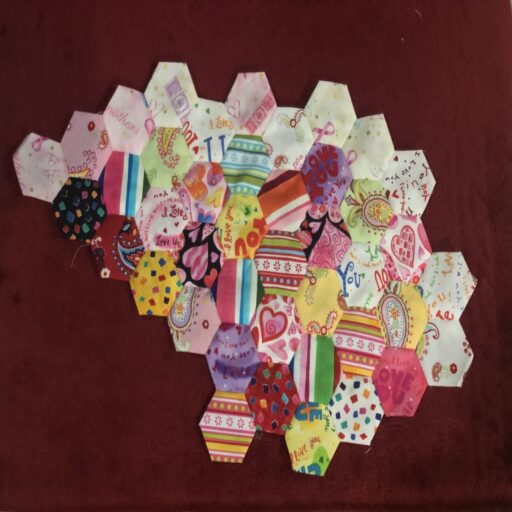Have you ever used interfacing before in any sewing projects? It basically functions as a stabilizer for the fabric, and also strengthens the material for its future use.
Interfacing comes in iron-on (also known as fusible) forms or just sewn in, and both options have their benefits. Many projects use the fusible version, so how to iron on interfacing in the best way possible for your projects?
Ironing is a misnomer though, because the best way to attach iron on interfacing (fusible interfacing) does not use the regular back-and-forth or side-to-side ironing action.
Step 1
Draw out the pattern or measurements of the piece needed on the iron on interfacing as indicated by the pattern, adding on an allowance of at least 0.5in to cater for any shrinkage.
Step 2
Press the fabric you will attach the fusible interfacing to with a warm iron, smoothing out all lines and wrinkles. Pressing involves putting the iron on a section of the fabric, then lifting it up and putting it on another section to smoothen it out. Make sure the fabric piece is bigger than the piece of interfacing, as most fabrics tend to shrink once the interfacing is attached to it.
If you’re not familiar with this step, try this guide on how to press fabric before sewing.
Step 3
Turn the fabric wrong side up (with the inner/plain side up). Place the shiny side of the interfacing (the side with the glue) down on the fabric and start pressing with the iron from one corner.
Step 4
Consistently press the iron to the layer of interfacing and fabric from one point to another, lifting up the iron from one section and placing it down on another, eventually covering the whole piece. It’s important to ensure you press, not swipe the iron across the interfacing/fabric layer, to avoid distorting the shape of the piece.
If you are not using a steam iron, or you are afraid your iron may scorch the interfacing, you can layer a thin towel or muslin on top of it before you start pressing. It’s very easy to scorch the interfacing if you’re not careful – trust me! You’ll be left with yellow or brown blotches on your interfacing – yuck!
Step 5
Once done, let the interfacing/fabric piece cool and cut out the piece or pattern needed for your project.
Avoid these mistakes for the best outcome:
- Cutting out the fabric and interfacing piece at the exact size needed for the project. Fabrics and interfacing tend to shrink a little once fused, so prepare a bigger piece of fabric with interfacing and only cut out the exact size/pattern once you have ironed on the interfacing.
- Ironing on interfacing the way I would normally iron my clothes. My fused fabric ended up stretched and wonky before I could even start sewing.
- Ironing on the wrong side of the interfacing to the fabric! Make sure the shiny (with glue) side of the interfacing is matched with the inner side of the fabric (also called the wrong side of the fabric). You do not want to make this mistake, trust me 😅.
Voila! Your fabric is all set for your project!

